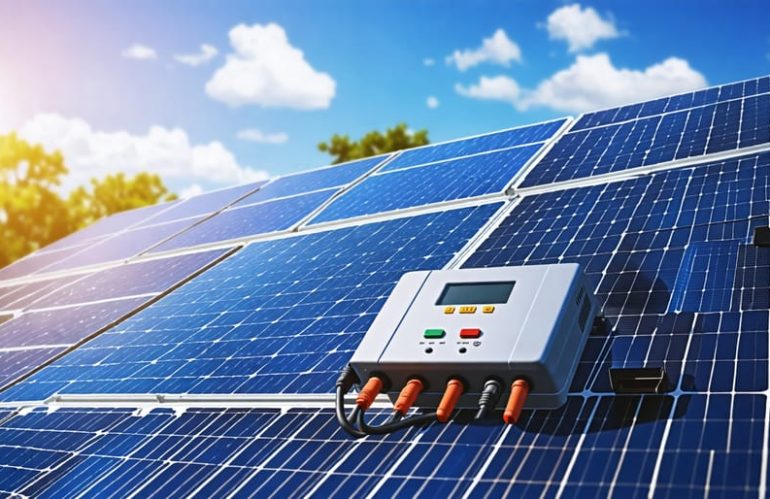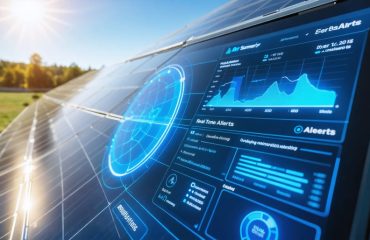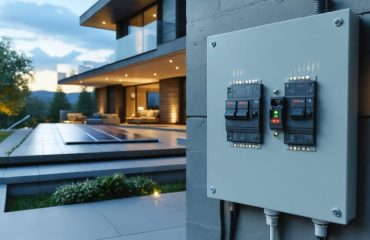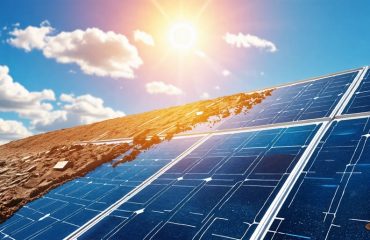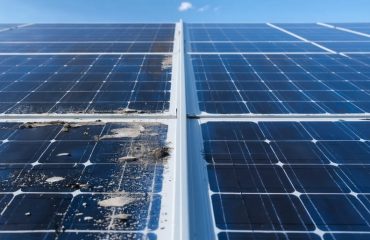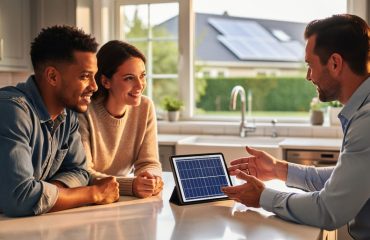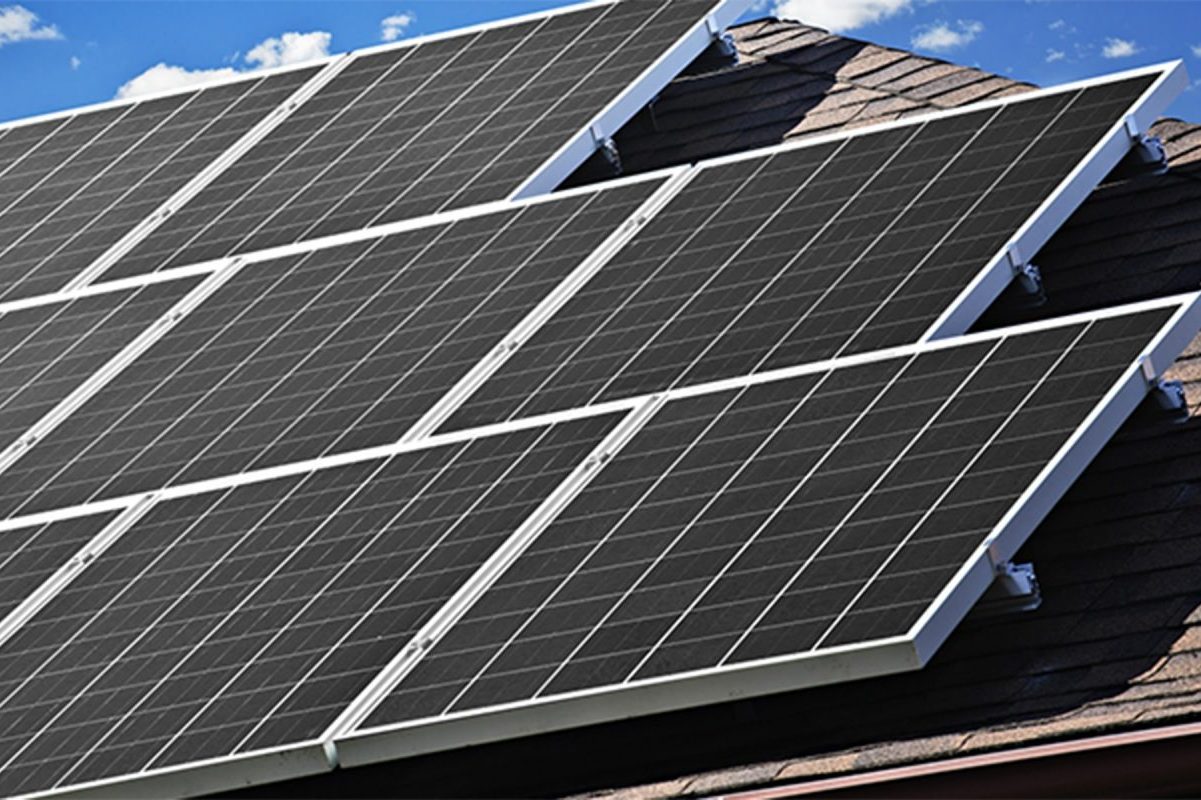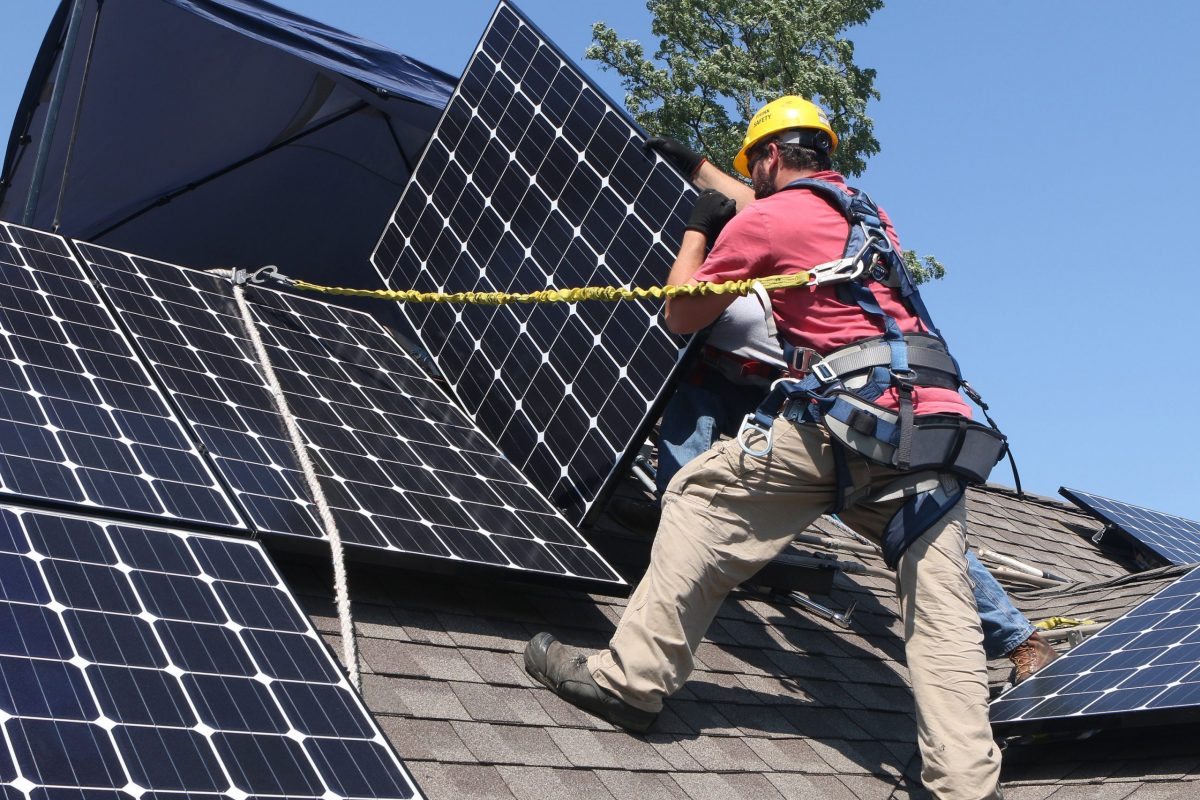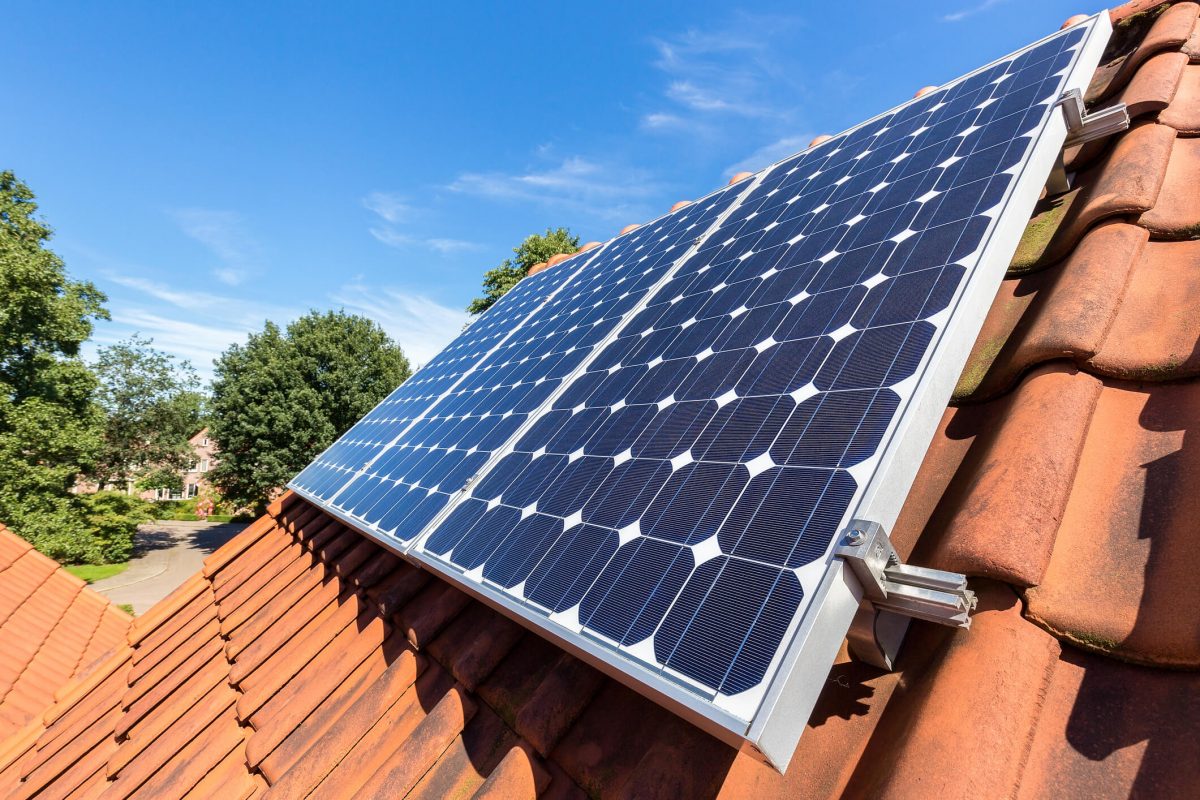Check the connections: First, ensure all your solar panel system’s connections are intact and undamaged. Faulty connections can impede proper resetting. Turn off the system: Before attempting a reset, switch off the entire solar power system, including individual solar panels and inverters. Wait a few minutes before proceeding to allow the system to settle. Restart the inverter: Once the system has been powered down, carefully turn on the inverter. Follow the manufacturer’s instructions to ensure proper startup procedures. This step is crucial for the system to sync back with the grid. Monitor system performance: After restarting, keep an eye on the power output and check if the system is operating normally. If issues persist, consult a professional technician. Regular maintenance can prevent issues and ensure your solar panels provide optimal energy savings.
Understanding Solar Panel Systems
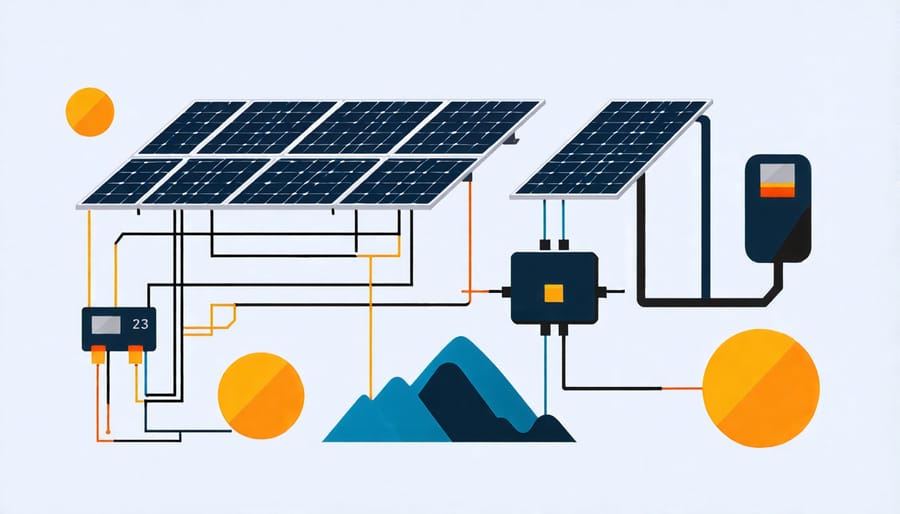
Components of a Solar System
A solar panel system is composed of several key components that work together to harness and convert sunlight into electricity for your home. At the heart of the system are the solar panels themselves, which capture sunlight and convert it into direct current (DC) electricity. This electricity flows to the inverter, a pivotal device that transforms DC into alternating current (AC), the form of electricity your home appliances use. During a power outage, your inverter might need resetting to resume normal operation, depending on its type and the system setup.
Another important component is the battery storage system, if included, which stores excess energy for use during outages or at night, giving you more independence from the grid. The charge controller ensures that the batteries are charged correctly and safely. Finally, the monitoring system tracks performance and alerts you to potential issues, helping optimize efficiency and reduce electricity bills. By understanding each part’s function, you can maintain a reliable power source and enjoy the financial and environmental benefits of solar energy.
Why Resets Are Sometimes Necessary
After a power outage, you might notice your solar panel system isn’t performing optimally, prompting the need for a reset. This often happens because disruptions can interfere with the system’s inverter, which is crucial for converting solar energy into usable electricity. A reset reestablishes the connection between your solar panels and the grid, maximizing energy efficiency. It also helps clear any error codes or faults that may have surfaced during the outage. By performing a reset, you ensure your system operates smoothly, maintaining its cost-saving and eco-friendly benefits. Regular resets can also prevent long-term issues, keeping your energy production stable.
Step-by-Step Guide to Resetting Your Solar Panels
Safety First
Before embarking on resetting solar panels after a power outage, prioritizing safety is crucial. Begin by ensuring the main power supply is switched off to avoid electrical hazards. It’s wise to wait until daylight for better visibility and safer conditions. Protect your hands and eyes with appropriate safety gear, like insulated gloves and eyewear. If you are unsure or uncomfortable with the process, it’s best to consult with a professional. For added guidance, check out these solar safety tips tailored for homeowners, which can further enhance your safety measures and ensure a smooth reset of your solar system.
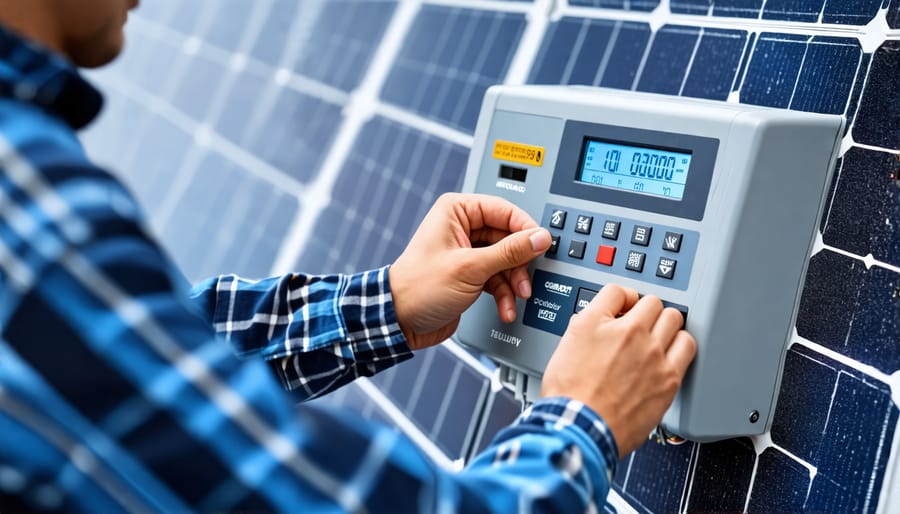
Identifying the Inverter and Control Panel
To reset your solar panel system after a power outage, the first crucial step is identifying your inverter and control panel. These components are the heart of your system, ensuring that the energy from your panels is effectively converted and managed. Typically, the inverter is installed nearby your main electrical panel, usually in a garage, basement, or sometimes outside on a wall. Look for a box-like unit with a digital or LED display, often labeled with your solar provider’s name or logo.
As for the control panel, this might be integrated with the inverter or situated separately nearby. The control panel helps regulate the operations and can look like a typical circuit breaker box. Once located, ensure you have easy access to these components and that you’re familiar with their layout. Understanding these basics not only simplifies the resetting process but can save you time and, potentially, service costs, reinforcing your investment in sustainable living. Safety is key, so always ensure the power is off before proceeding with any resets.
Performing the Reset
To reset your solar panel system after a power outage, it’s important to follow a few simple yet crucial steps to ensure safety and efficiency. Start by locating your inverter, the device that transforms the solar power into usable electricity. The reset process can vary slightly depending on the type of inverter you have.
For string inverters, typically found in smaller residential systems, begin by switching off the AC disconnect or circuit breaker that links your inverter to your home’s electrical panel. Next, turn off the DC disconnect to halt power from the solar panels to the inverter. Wait a brief moment before reversing this process—start by turning on the DC disconnect, followed by the AC disconnect. This sequence safely restarts the system, helping maintain the longevity and reliability of your setup.
If you have microinverters, which are mounted directly on each solar panel, the process is even simpler. Locate the microinverter monitoring device, usually a communication gateway that might be plugged into a power outlet indoors. Unplug this device, wait about a minute, and then plug it back in. This effectively resets the entire solar array, allowing all panels to resume normal operation automatically.
Remember, performing these resets keeps your system functioning optimally, ensuring you continue to benefit from clean, renewable energy while reducing your electricity bills.
When to Call a Professional
If your solar panel system doesn’t respond as expected after a reset, or if you’re unsure about handling electrical components, it’s time to call a professional. This ensures your safety and maintains the system’s efficiency, safeguarding your investment and helping you continue to save on energy bills.
Preventative Measures and Maintenance Tips
Regular Maintenance
To ensure your solar panels operate at their best, incorporating regular maintenance into your routine is key. Start with a visual inspection every few months, checking for any visible debris or damage like cracked panels or loose connections. Cleaning the panels is essential, as dust, dirt, and bird droppings can reduce efficiency. Use a soft brush or a hose with a gentle spray to clear away any accumulation, taking care not to scratch the surface or damage any components. Monitoring the performance of your system is another vital step. Keep an eye out for unexplained drops in energy production, which could signal a maintenance issue. A solar monitoring app can help you track this data seamlessly. Finally, schedule a professional check-up annually. An expert can conduct a thorough inspection, ensuring all components like inverters and wiring maintain optimal condition. By following these steps, you’ll not only optimize your solar system’s efficiency but also maximize your financial savings and contribution to sustainable living.
Monitoring Systems
Monitoring systems for solar panels offer a reliable way to catch potential issues early, helping prevent disruptions like power outages. These systems enable homeowners to keep a real-time eye on their solar energy production and usage. By identifying irregularities promptly, such as a sudden drop in energy output, you can address problems before they escalate into major faults. This not only ensures that your solar investment continues to yield optimal savings on energy bills but also aligns with sustainable living by maximizing efficiency. Proactively managing your solar setup with a monitoring system ultimately supports both environmental goals and personal financial benefits.
Battery Backup Solutions
Battery backup solutions are a smart investment for minimizing disruptions and the need to reset solar panels after a power outage. By storing excess energy generated by your solar panels, these systems ensure a continuous power supply, even when the grid goes down. This means you can maintain essential home functions without interruption, enhancing your energy independence. Battery backups not only protect your solar system from frequent resets but also save money by utilizing stored energy during peak times, potentially reducing electricity bills. Embracing this technology supports sustainable living while securing a reliable energy source for your home.
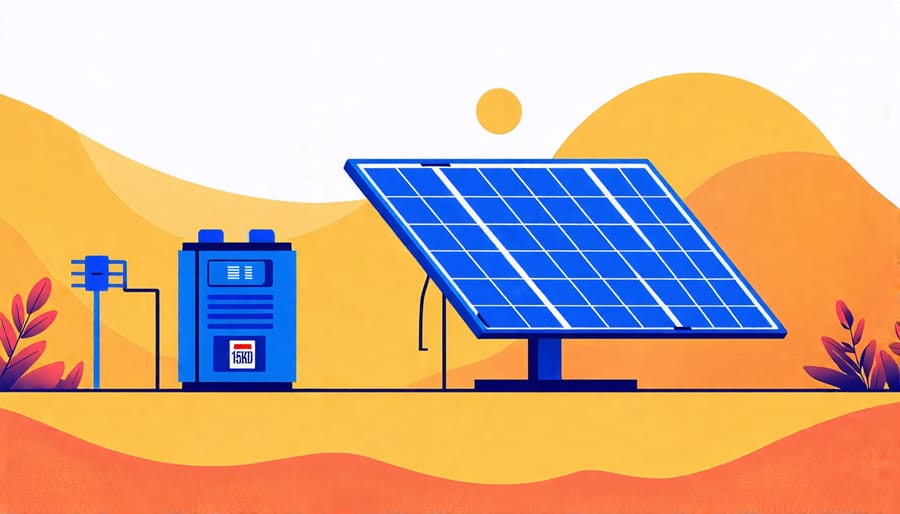
Conclusion
In conclusion, maintaining your solar panel system is not only crucial for ensuring its efficient operation but also for maximizing its financial and environmental benefits. By regularly performing resets and minor maintenance checks, you’re setting up your home to continuously harness the power of the sun. One key aspect is to routinely clean your solar panels to prevent dirt and debris from hindering their efficiency. This simple task can significantly enhance their performance, which in turn supports lower energy bills and a more sustainable lifestyle.
In addition, integrating a solar panel backup battery can add another layer of reliability, allowing you to store excess energy and use it during unexpected power outages. This not only assures peace of mind but also optimizes the use of your generated solar power. Such proactive steps help in debunking myths surrounding the complexity of solar energy systems, demonstrating instead their user-friendly nature and cost-effectiveness.
For homeowners keen on sustainable living and reducing their energy expenses, investing time in simple maintenance routines can lead to substantial benefits. These practices not only foster environmentally-friendly habits but also contribute to personal savings. Embracing this technology with routine care means enjoying the full spectrum of what solar energy has to offer, providing a bright and sustainable future for your home.

